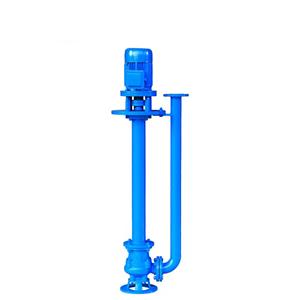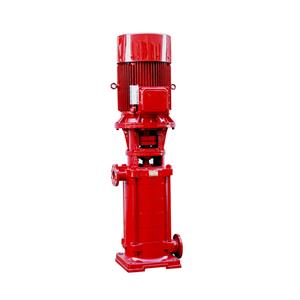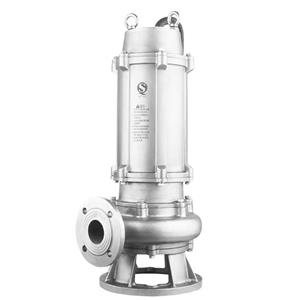High Viscosity Liquid Transfer with High Viscosity Gear Pumps
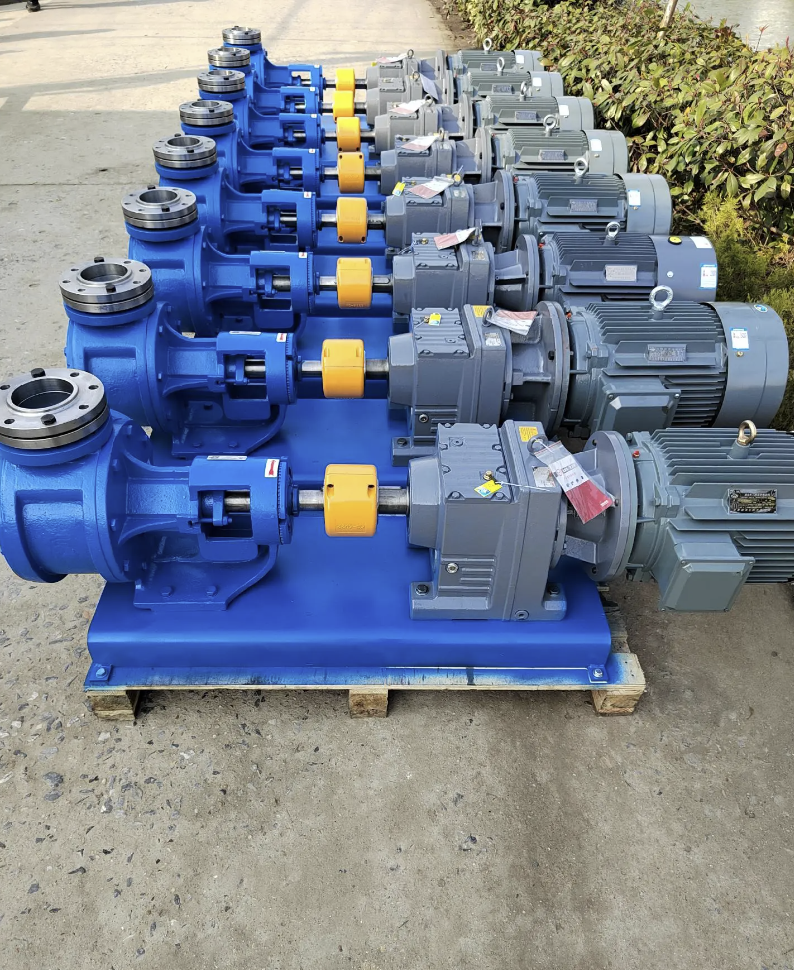
Why gear pumps excel with viscous fluids
High viscosity liquids require a positive displacement principle to move consistent volumes against resistance. Gear pumps, which trap and carry fixed volumes between meshing gears, deliver smooth, pulse‑free flow that is largely insensitive to downstream pressure fluctuations. Their flow output is directly proportional to rotational speed, enabling precise metering and repeatable transfer. These characteristics make them a natural fit for viscous media such as oils, resins, paints, syrups, and polymers, where maintaining product integrity and process stability is critical.
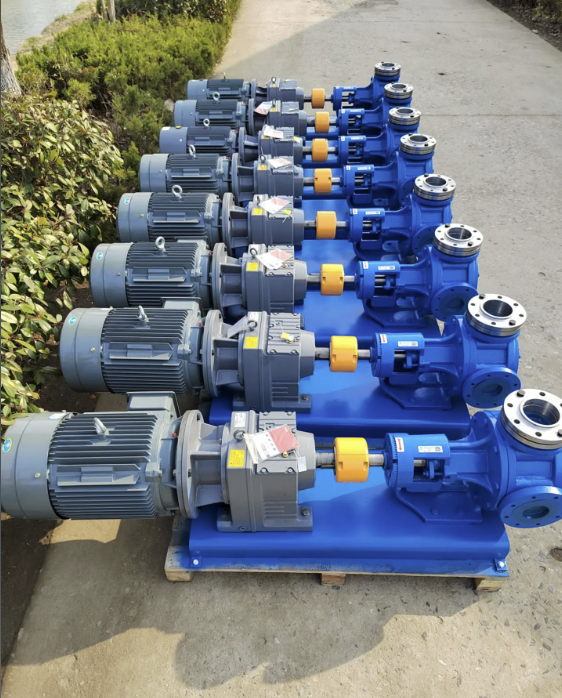
Internal vs external gear pumps
Two main architectures are used: external gear pumps (two identical gears on parallel shafts) and internal gear pumps (a smaller rotor inside a larger ring gear with a crescent partition). External gear designs are compact and widely used in hydraulic systems, while internal gear units offer superior suction capability and better tolerance for high viscosity fluids; they are often selected for filling and emptying duties and can provide bi‑directional flow. For very high viscosities, internal gear pumps are typically the first choice.
Performance ranges and typical applications
Modern gear pumps cover an extensive envelope: viscosities from about 1 to over 1,000,000 cP, pressures commonly up to 15–30 bar (some designs to ~50 bar), and flow rates from 0.1–300 GPM depending on size and speed. They are common in chemical processing, food and beverage, pharmaceuticals, oil and gas, and cosmetics, transferring media such as chocolate, syrups, edible oils, polymers, acids, and solvents. The linear speed‑flow relationship supports accurate dosing and blending operations.
Design and material selection for high viscosity service
For high viscosity service, choose lower operating speeds to reduce slip and heat generation, and size the pump for the required pressure differential and viscosity window. Ensure adequate NPSH by using large, short-radius suction lines and, when needed, low‑NPSH configurations or jacketed housings for heated processes. Select materials compatible with the fluid: cast iron for general oils, stainless steel 304/316 for corrosive or sanitary duties, and hardened or coated gears/bearings for abrasive or high‑wear media. Common seals include single or double mechanical seals and magnetic drives for zero‑leakage applications.
Installation, protection, and maintenance essentials
Fit an upstream strainer sized above the gear clearances (e.g., 75–100 μm for external gears) to protect against oversize particles. Install a relief valve or safety valve on the discharge to prevent overpressure during blockages or thermal expansion. Verify rotation direction and piping alignment during commissioning. Because gear pumps are self‑priming, ensure the suction line is primed and free of air; if the medium is highly viscous, consider preheating to lower viscosity and reduce starting torque. Monitor flow, pressure, power draw, and noise for early detection of wear or clearance growth, and follow a planned maintenance interval based on duty severity.
SEO optimized keywords
High viscosity gear pump
Internal gear pump high viscosity
External gear pump viscous fluids
High viscosity liquid transfer pump
Gear pump for resins and polymers
Stainless steel gear pump high viscosity
Positive displacement gear pump viscosity
High viscosity pump NPSH and suction
Gear pump material selection high viscosity
High viscosity pump safety valve relief valve


